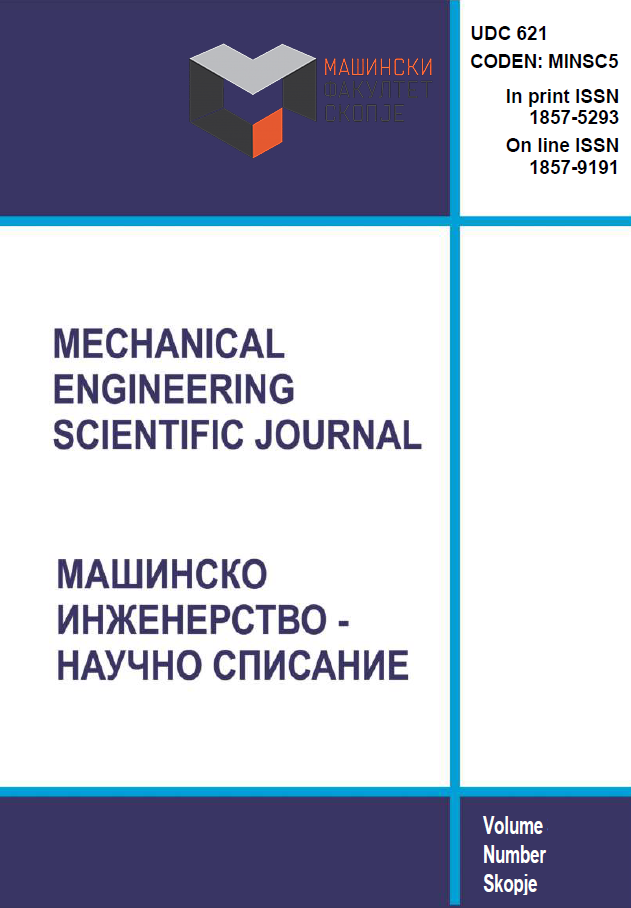661.ANALYTICAL MODELING AND FEM SIMULATIONS OF ENERGY HARVESTING CANTILEVER BEAM
DOI:
https://doi.org/10.55302/MESJ23411661029iKeywords:
energy harvesting, piezoelectric materials, cantilever beam, modeling and simulationAbstract
The concept of energy harvesting systems allows sustainable energy sources, such as mechanical energy, to be harvested from the environment. The feature of piezoelectric material to generate voltage as a result of its deformation characterizes them as an energy harvesting tool, due to their robustness and efficiency characteristics. This paper shows numerical modeling of an energy harvesting cantilever beam using the Euler-Bernoulli method. The FEM simulations of the cantilever beam have been created in order to determine the optimal position of the piezoelectric transducer along the beam. Furthermore, these conclusions have been used to develop the mathematical model in MATLAB in order to investigate the effect of the geometry characteristics of the beam and the piezoelectric transducer on the output parameters. The impact of the dimensions and effective area of the piezoelectric transducer and its location on the cantilever beam as well as the effects of the dimensions of the beam have been studied in order to obtain an optimal energy harvesting model in terms of its efficiency. Once the modeling phase has been completed, the output results regarding the generated voltage and power from the energy harvesting system have been compared and models have been validated.Downloads
Published
29-06-2023
Issue
Section
Articles





